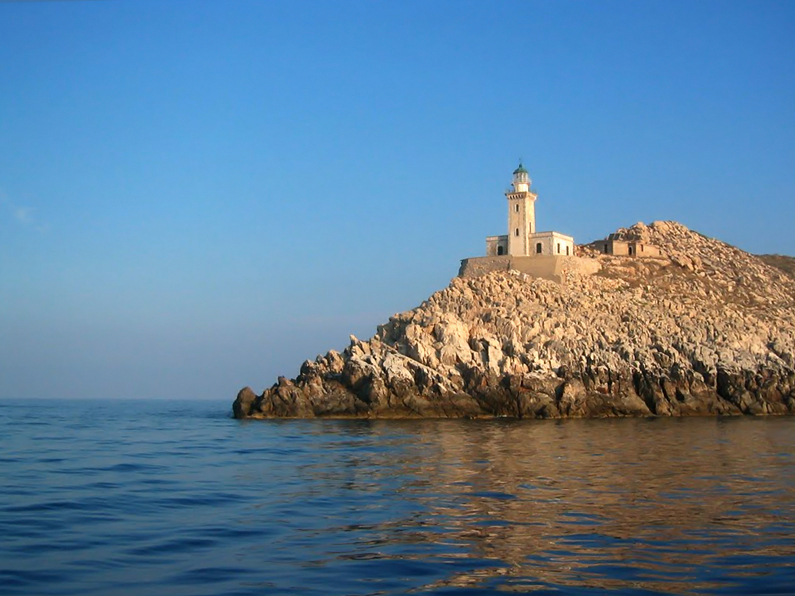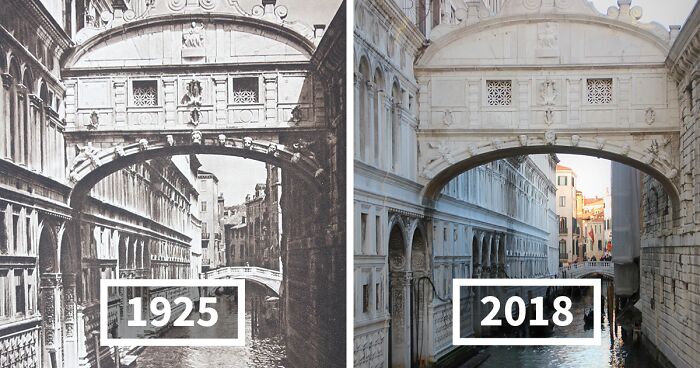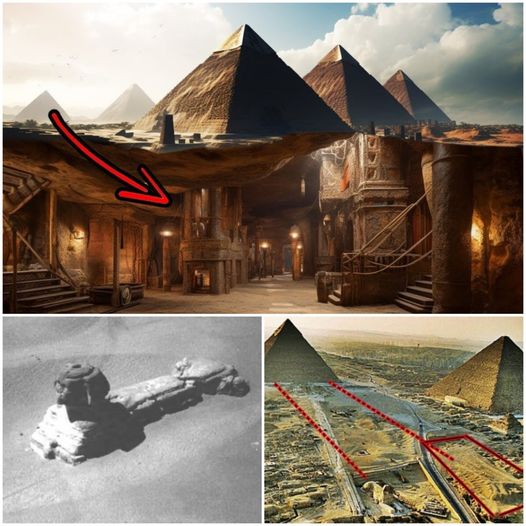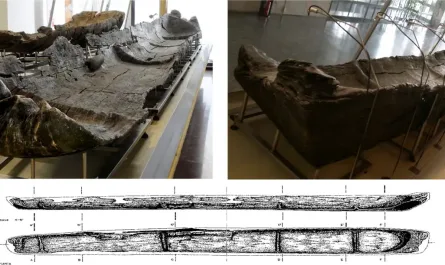It is located between two bays and is the southernmost tip of the Balkan Peninsula. The steep cliffs and the raging waves create a wild and at the same time beautiful landscape. The ancients called it “Metapea Akra” and believed that there was the gate to Hades.

Cape Tainaro is located in the middle foot of the Peloponnese and was named after the mythical hero Tainaro who was the son of Zeus and the settler who founded the city of Tainaro on the Akrotainaria peninsula.
From antiquity until today it bears many names, such as Tainaros, Tainaria Akti, Fanari, Kavos Matapas, Vrachion of Mani, Lithos.

Thousands of years ago, it was a place of worship, which was dedicated to the SunAccording to tradition, the Cretans of Knossos stopped there during their journey to Pylos, to admire the sheep that grazed freely along the peninsula.
Apollo gave Poseidon the Tainaros and took Delphi in return, where he built his oracle and appointed the Cretans as the first priests.

Mosaic of a house in the ancient city of Tainaros
The area was an important place of worship for the Spartans Since then the area has been dominated by the cult of Poseidon and sailors traveling by sea often stopped at the cape to worship the temple of Tainarios Poseidon, which was built on the cape and today some ruins are preserved. It is said that building material was used for the construction of the church of Asomatos, which is located nearby. The pilgrims of Poseidon were called “Tainaristai” and the celebration held by the Spartans in honor of “Tainaria”.
THE LIGHTHOUSE
The lighthouse at Cape Tainaro is a rectangular stone building 16 meters high and has been built 20 meters above sea level.
According to Strabo from Cape Tainaro, sailors calculated naval distances.
During the Turkish occupation, it was a stronghold of the pirates of Mani and the sailors made sure to sail at a distance from the cape so as not to fall victim to piracy.
From that time the opinion prevailed “From Kavos Matapas forty miles alargina!”. During the 19th century, the French built a stone lighthouse at the edge of the cape, 16 meters high to contribute to the safe passage of ships.
He started illuminating the Mediterranean in 1987 after being equipped with a lighting mechanism and a rotating binoculars. He was manned by lighthouse keepers, who took care to light the lighthouse and give life to the remote cape of the Peloponnese.
From the height of the lighthouse they could gaze at the endless blue and the rising and setting of the sun
In 1930 it was renovated and during the occupation it stopped operating, as happened with most lighthouses in Greece.
The lighthouse reopened in the 1950s, but in 1984 an automatic lighting machine was set up and abandoned. Since then he stands alone at the southern tip of mainland Greece and comes to life only when visitors climb the cape from the path or arrive by boat to photograph the starry sky and the vast sea.
THE NAVAL BATTLE OF TAINAROS
In March 1941 a naval battle was fought in front of the cape between the British and Italian fleets, known as the “Battle of Tainaros”.
On the night of March 28, the British fleet collided with the Royal Italian Navy. The winner of the naval battle was Britain, which took control of the Mediterranean.
THE GATES OF HADES
In this area there is a network of caves where the ancients believed that it was the entrance to the Underworld.
The gate was guarded by Cerberus, a vicious beast that prevented the dead from escaping and the living from entering the world of the dead.
According to Apollodorus, Cerberus had three heads of wild dogs, a dragon or reptile for a tail, and the heads of all kinds of snakes along his back.

For the twelfth feat assigned to him by King Eurystheus, Hercules received the order to descend to the Underworld, kidnap Cerberus and bring him to the surface. To achieve this, he first sought Pluto’s permission to capture the beast. He allowed Cerberus to take him, provided he did not use a weapon against him and did not injure him.
Using only his bare hands, Hercules managed to overcome the beast. He dragged it out of the Underworld and took it to Eurystheus.
Orpheus is also said to have toured the specific caves of Hades to bring back to life his beloved wife, Eurydice. Pluto himself told Orpheus that he could take her with him, but on one condition: he should not look at her at all before leaving the cave.
Otherwise, he would lose her permanently. Shortly before leaving, Orpheus turned to see if Aphrodite was following him, as he could not hear the steps. But she followed him and so he returned to the world of the dead forever.
A small and isolated cave of Tainaros also mentions the existence of a necromancer of Poseidon or a psychic tomb by both Pausanias and Plutarch.





